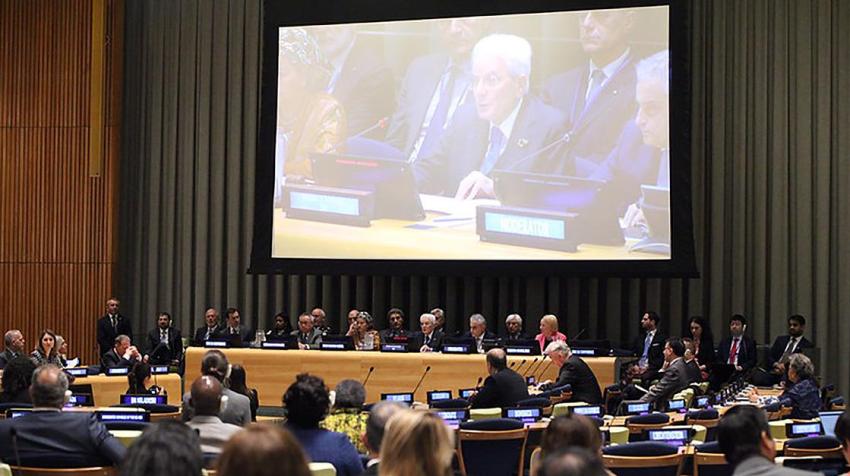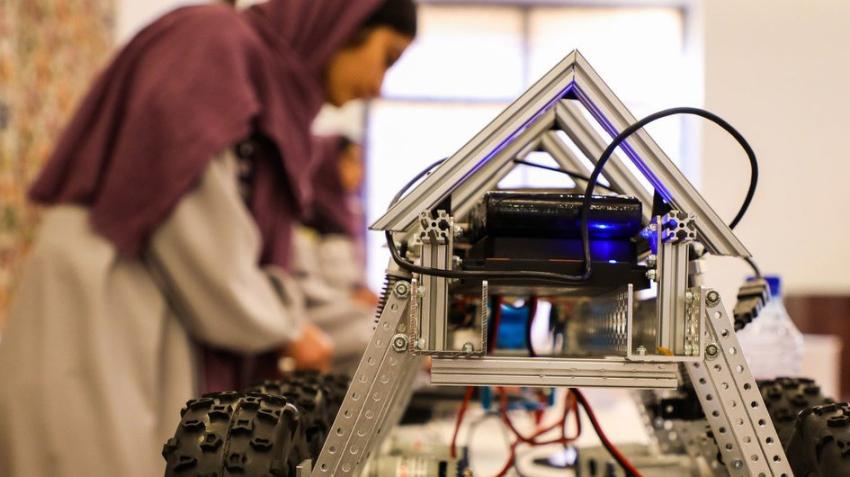As much of the world is gearing up for a post-pandemic recovery, some persistent gaps urgently need to be addressed to reduce inequalities and ensure a robust and inclusive recovery. Bridging gender gaps is perhaps more critical than ever.
Gender divides limit productivity growth, perpetuate income inequality, and are plain violations of human rights that prevent girls and women everywhere from reaching their full potential. Developing and developed countries alike have yet more work to do to eradicate gender barriers and achieve gender equality.
Women and girls have been disproportionally affected by the COVID-19 crisis, which will leave long lasting scars. Girls have generally been more affected than boys by school closures, and many are not expected to return. Women have suffered the brunt of the job losses and business closures. At home, they were more likely to suffer from domestic violence and abuse. Essential reproductive health services were put on hold, causing many unwanted pregnancies, maternal deaths, and stillbirths. The list goes on.
As the world moves towards a new normal, we cannot afford to overlook these issues. Gender-blind recovery policies may aggravate existing inequalities, for example by excluding women, who are typically less connected digitally, from cash transfers. The same “gender digital divide” impedes women’s access to online learning, finance and other essential online services. Absent gender sensitive policies in the hybrid work environment, may create a two-tier workforce, where men can socialize at the office while women juggle work and care at home.
The potential benefits of gender action are clear. Gender mainstreaming and gender-sensitive recovery policies can help undo some of the crisis’ harmful impacts on women, while improving resilience, growth and sustainable development prospects.
Read more in the June Monthly Briefing.




